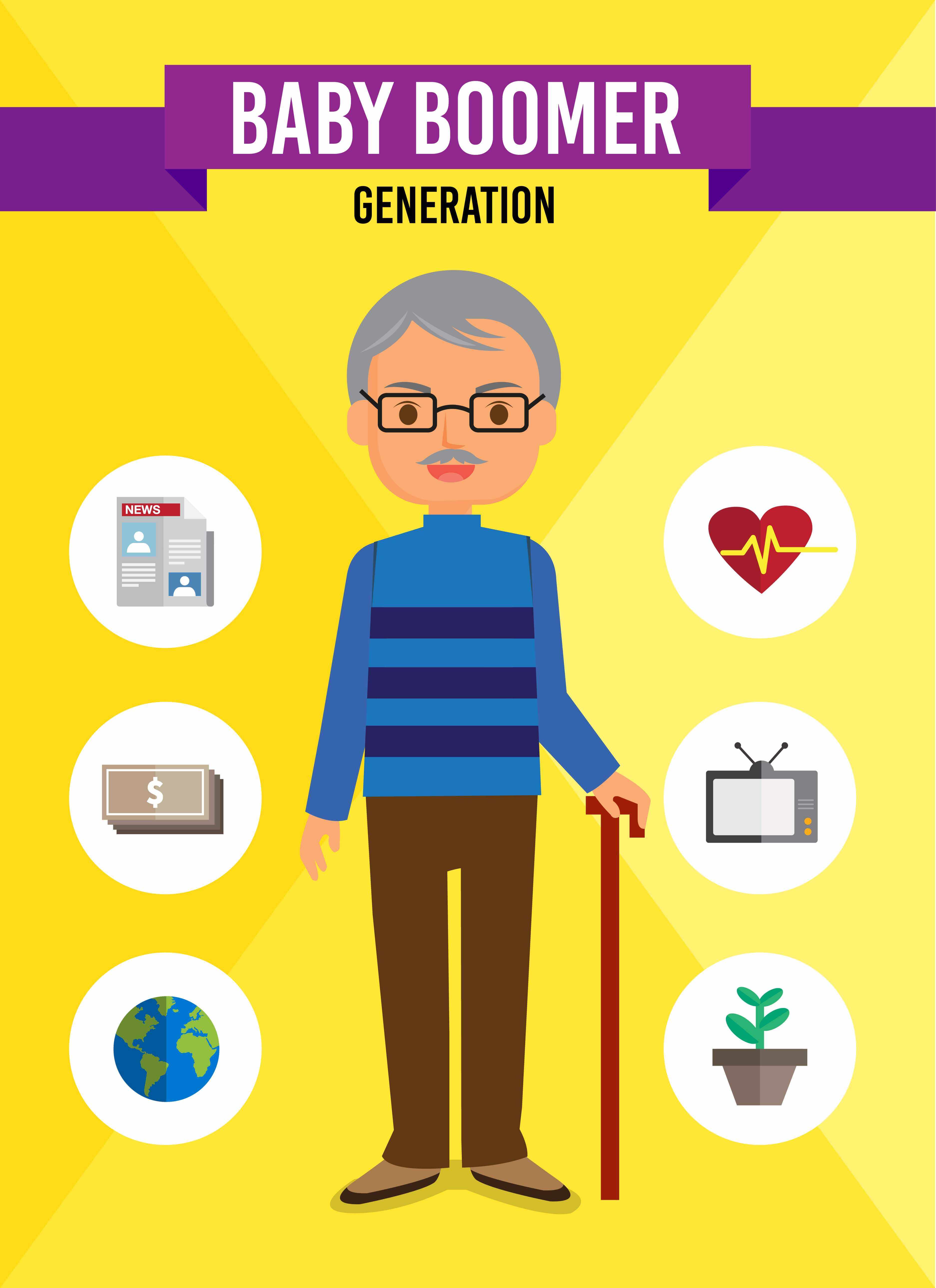Ai In Wearables: Revolutionizing Health Monitoring And Beyond

Imagine a world where your smartwatch doesn’t just count your steps but also predicts health problems before they get serious. That’s the power of AI in wearables. These devices—like smartwatches, fitness trackers, and smart rings—are changing the way we keep an eye on our health and well-being. With artificial intelligence (AI), they’re getting smarter, offering insights that go far beyond basic tracking. In this blog, we’ll dive into how AI is transforming wearables, the challenges we face, and what the future might hold. Whether you’re a tech enthusiast, a healthcare pro, or just curious, there’s something here for you!
Introduction: The Rise of AI in Wearables
Wearable devices have been around for years, but AI is taking them to a whole new level. From tracking your heart rate to analyzing your sleep, these gadgets are becoming must-haves for anyone who wants to stay healthy. And it’s not just about fitness anymore—AI-powered wearables are starting to predict diseases, monitor mental wellness, and even connect with other smart devices in your life. But with all this amazing potential, there are some big questions about privacy, trust, and how we use the data these devices collect. Let’s explore it all.
Current Use Cases: Health Monitoring and More
AI-powered wearables are already making waves today. Here’s a look at some popular devices and what they can do for you:
- Apple Watch: This smartwatch tracks your heart rate, blood oxygen levels, and can even detect irregular heart rhythms with its ECG app. If something seems off—like your heart rate spiking—it’ll nudge you to check in with a doctor.
- Fitbit: Fitbit keeps tabs on your heart rate, sleep, stress levels, and even skin temperature. Its AI crunches the data to give you insights, like how well you slept or tips to manage stress with breathing exercises.
- Oura Ring: A sleek, discreet ring that tracks sleep quality, heart rate variability, body temperature, and activity. It’s perfect if you want powerful health insights without a bulky device.
- WHOOP: Designed for athletes, WHOOP tracks heart rate, sleep, and recovery. Its AI even acts like a coach, suggesting ways to tweak your routine based on your data.
These wearables use AI to turn raw data—like your heart rate or steps—into advice you can actually use. It’s like having a tiny health buddy right on your wrist or finger.
AI Beyond Monitoring: Predicting Health Issues and Improving Mental Wellness
AI isn’t just keeping track of what’s happening now—it’s looking ahead to what might happen next. Here’s where it gets really exciting:
- Predicting Diseases: Scientists are building AI models that can spot early signs of trouble, like diabetes or Parkinson’s, using wearable data. For instance, tiny changes in how you move could hint at Parkinson’s way before you notice anything yourself.
- Mental Health Support: Wearables are stepping up for your mind, too. By checking things like heart rate variability (how steady your heartbeat is), they can gauge your stress levels. Some even suggest breathing exercises to calm you down. Down the road, they might catch early signs of anxiety or depression, helping you get support sooner.
This shift from “what’s happening” to “what could happen” is huge. With AI, wearables could help us tackle health issues before they become big problems.
Challenges and Privacy: Navigating the Risks
As cool as all this sounds, there are some hurdles we need to figure out:
- Data Privacy: Wearables collect super personal stuff—like your heart rate or sleep habits—and that data isn’t always safe. In 2021, hackers got their hands on over 61 million Fitbit and Apple Watch records. Yikes!
- Algorithm Bias: The AI in these devices relies on data to learn. If that data doesn’t include everyone—like certain ages or ethnicities—the predictions might not work as well for some people. That could lead to unfair results.
- User Trust: A lot of folks worry about who’s seeing their health info. Companies sometimes share it with others, and it’s not always clear how. To keep us on board, they need to be upfront about what’s happening with our data and let us decide what’s okay.
Fixing these issues—like beefing up security and being more transparent—is key to making AI wearables something we all feel good about using.
The Future of Wearable AI: Smart Ecosystems and Personalized Care
What’s next for AI in wearables? The possibilities are mind-blowing:
- Smart Home Connections: Picture your wearable chatting with your smart home. Your watch could tell your fridge you’ve been active and need a healthy snack—or adjust the AC if you’re sweating after a workout.
- AI Coaches: Soon, we might have virtual coaches powered by AI. They’d learn your habits and give you custom tips—like when to push harder at the gym or take a rest day.
- Healthcare Team-Up: Wearables could link up with your doctor, sharing live updates on your health. If something’s off, your doc could step in early, maybe even before you feel sick.
There are still kinks to work out—like making batteries last longer (who wants to charge every day?) and ensuring everyone can afford these gadgets. But the future looks bright!
Real-World Examples: Innovative Products and Startups
Some companies are already doing wild things with AI in wearables. Check these out:
- Bee AI’s Pioneer: This gadget listens to your chats and whips up transcripts, to-do lists, and summaries. It hooks up with Gmail and Google Calendar to keep you organized—perfect for busy bees.
- Omi: Worn as a pendant or on your forehead, Omi records conversations and logs your day. It’s even working on creating an AI version of you and might one day read your brain waves. Talk about futuristic!
- HumanPods by Natura Umana: These earbuds come with AI personalities—like Athena for fitness or Hector for therapy. They team up with health apps to give you tailored advice.
On the health front, brands like WHOOP and Oura are killing it with detailed stats and AI coaching, proving wearables can be both smart and simple to use.
Conclusion: Embracing the Future of AI in Wearables
AI-powered wearables are already shaking up how we stay healthy, and they’re just getting started. From spotting diseases early to helping us chill out, the benefits are huge. But we’ve got to handle the tricky stuff—like keeping our data safe and making sure these tools work for everyone.
As wearables get cozier with smart homes and doctors, they could totally change how we live and care for ourselves. If you’re pumped about AI in wearables or want help bringing your own ideas to life, hit me up! I’d love to team up or chat about your next big thing.
Want to Learn More?
Got questions or ideas about AI in wearables? Drop a comment or reach out—I’m here to help!


